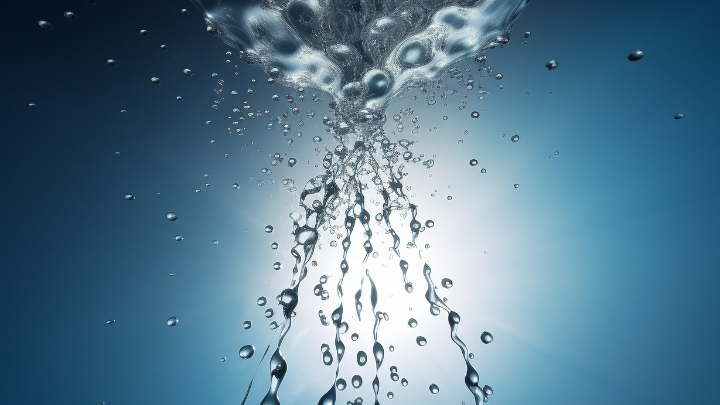Nanobubble Aeration—A Leap Forward in Water Aeration Technology
Unveiling the Power of Nanobubbles
In the realm of water aeration, a revolutionary technology has emerged—nanobubble aeration. This cutting-edge approach has transformed conventional methods, setting a new standard for efficiency and effectiveness. At the heart of this innovation lies the nanobubble machine, a device that produces bubbles on a scale of 30nm, unlocking many benefits for water treatment.
Understanding Nanobubbles
The ultra-small bubbles possess unique properties that distinguish them from their larger counterparts. The remarkable feature of nanobubbles is their prolonged stay in water, providing an extended period for oxygen transfer and dissolution. This characteristic makes nanobubble aeration a game-changer in various industries, especially in wastewater treatment and aquaculture.
The Nanobubble Machine—Engine of Innovation
At the core of nanobubble aeration is the advanced technology embedded in the nanobubble machine. Unlike traditional aeration devices, this machine excels in creating nanobubbles consistently. The precision in bubble size ensures enhanced oxygen transfer efficiency, surpassing the capabilities of older technologies.
Key Advantages of Nanobubble Aeration
- Unrivaled Oxygen Dissolution: The nanobubbles generated by the machine guarantee optimal oxygen dissolution in water, promoting healthier aquatic environments.
- Improved Wastewater Treatment: In the field of wastewater treatment, nanobubble aeration proves to be more efficient in breaking down pollutants and facilitating the purification process.
- Boost to Aquaculture: Aquaculturists benefit from the increased oxygen levels, leading to accelerated growth rates and improved aquatic organisms' overall health.
Applications Across Industries
Wastewater Treatment
Nanobubble aeration finds extensive application in wastewater treatment plants. The ability to enhance oxygen dissolution significantly improves the breakdown of organic matter, resulting in cleaner effluents.
Aquaculture
Aquaculture operations are embracing nanobubble technology to create optimal conditions for fish and other aquatic species. The precise control over bubble size ensures an ideal environment for growth and development.
Agriculture
In agricultural practices, the introduction of nanobubble aeration to irrigation systems enhances soil health. The dissolved oxygen promotes nutrient absorption, contributing to healthier and more robust crops.
Nanobubble Aeration vs. Conventional Methods
Efficiency in Oxygen Transfer
Nanobubble aeration outshines conventional methods in oxygen transfer efficiency. The minute size of nanobubbles allows for a larger surface area, ensuring a more effective transfer of oxygen to the surrounding water.
Prolonged Stay in Water
Unlike larger bubbles that rise quickly to the water's surface, nanobubbles linger for an extended period. This extended stay maximizes the interaction time between bubbles and water, optimizing the aeration process.
The Future of Water Aeration
As industries continue to recognize the unparalleled benefits of nanobubble aeration, it is evident that this technology is shaping the future of water treatment. The ongoing research and development in this field promise even more advanced applications, further solidifying nanobubble aeration as the go-to solution for industries reliant on efficient water treatment.
Conclusion
In water aeration, the advent of nanobubble technology marks a significant leap forward. The nanobubble machine, with its ability to produce 30nm bubbles consistently, is transforming industries by enhancing oxygen transfer efficiency and revolutionizing water treatment processes. As we witness the rise of nanobubble aeration, it's clear that this innovative technology is not just a trend but a fundamental shift towards more sustainable and effective water management practices.
